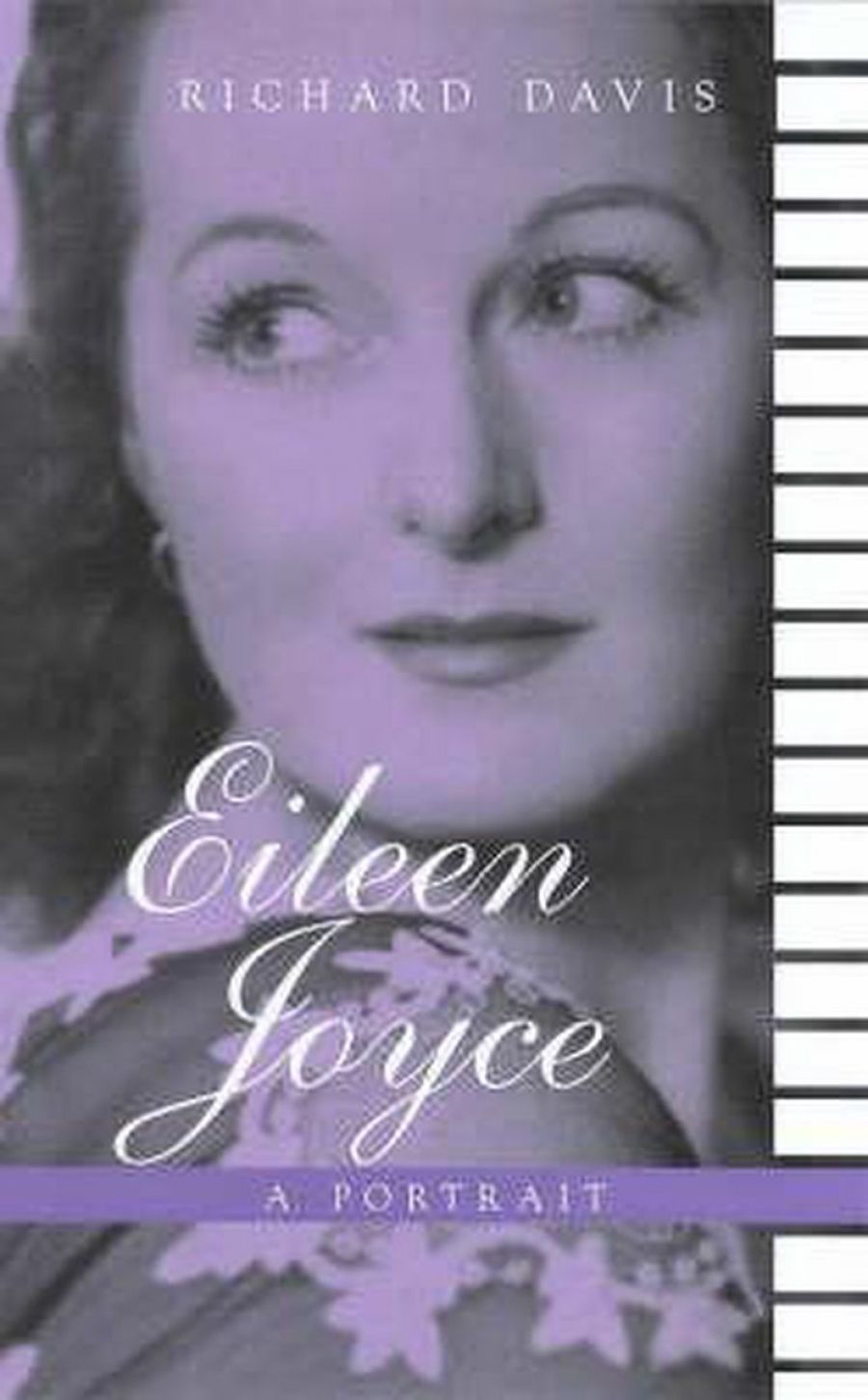
- Free Article: No
- Contents Category: Biography
- Review Article: Yes
- Online Only: No
- Custom Highlight Text:
In my student days in Europe, I often heard the name Eileen Joyce bandied about as a figure of respect, eccentricity and past pianistic accomplishment. Geoffrey Parsons, one of my enduring musical mentors, regularly spoke of her; it came as no surprise to read in Richard Davis’s recent biography that Parsons collaborated in Joyce’s last major public appearance, at a fund-raising concert at Covent Garden, late in 1981. I rather doubt, however, that many familiar with Parsons’s pianistic stature would readily agree with Davis’s judgment that the ‘power and dexterity’ of the seventy-three-year-old Joyce, who had not performed in public for over a decade, ‘easily’ matched Parsons’s own.
- Book 1 Title: Eileen Joyce
- Book 1 Subtitle: A portrait
- Book 1 Biblio: FACP, $24.95 pb, 264 pp
Joyce makes a fascinating biographical subject, and Davis can be easily forgiven for indulging in occasional aesthetic hyperbole to reinforce her pervasive dynamism. As the book lavishly documents, Joyce was a pioneer in a wide variety of realms, not just the slippery world of international pianism, where her nationality and gender made her eventual stature even more difficult to achieve. Joyce was also an outrageously dishonest, if fascinating, self-publicist, a celebrated fashion icon and one of Australia’s earliest recording stars. She was unusual amongst pianists in developing a relationship with the medium of film. She was sought out as concerto soloist by some of the finest conductors of her time – including Sir Henry Wood, Sir Adrian Boult, Sir Malcolm Sargent, Sergiu Celibidache, Sir John Barbirolli, George Szell, and Eugene Ormandy, to name a few – in a career which, though not long in years, saw her tour almost the entire globe.
Davis’s chronological approach and meticulous detail document the evolution not only of a major artist but also an extraordinary person. Joyce’s strengths and weaknesses are openly and honestly explored, and Davis conveys a sustained degree of fascination with this eccentric figure. Joyce’s tendency to fabricate her own biography for publicity purposes, her bizarre habit of changing dresses in the course of a concert to match the music, as well as her more serious deficiencies as a mother, are all treated directly and without fuss. The result is that we gain invaluable insights into the private as well as the public life of this ‘jumped up colonial from the wrong side of the tracks’, as she parodied herself. The text is aided by an array of interesting photographs – even if reproduction is on the small and grainy side – and the comprehensive discography is an important research resource.
Yet the book is not without problems, some material and some conceptual. The international world of pianism, which Joyce so fully embraced, is a meticulous place, and a more rigorous editorial hand might have spared Davis some detours. Musicians might be bemused to see the influential American critic Harold Schonberg sporting an umlaut. Austrian pianist Artur Schnabel may also have been surprised to find his birthplace recorded as Poland, and it is difficult to believe that conductor Victor de Sabata was so careless of the rules of his native language that he addressed Joyce as ‘Caro’.
The conceptual difficulties behind some of the musical judgments Davis makes are less pernickety. Central to these difficulties is the concept of musical canonisation, both of composers and of performers – a dangerous process, at best. To suggest that the composers Joyce performed most successfully were ‘baser metals’ is hardly to do justice to the host of major and lesser-known composers she did perform. Similar problems emerge in the sporadic attempts Davis makes to situate Joyce in the canon of pianists. In so engaging a biography, it might have been wiser if the reader had been spared these excursions into aesthetic absolutism, not least because it has the tendency in places to turn engaging biographical revelations into an opinionated treatise.
Davis’s prefatory assertion that today ‘many fine Australian-born pianists grace the world’s concert platforms’ is open to dispute. Currently, I would suggest that very few Australian pianists have enduring international careers that would remotely compare with what Eileen Joyce achieved. And I doubt that any living Australian-born pianist could genuinely rival the frequency of Eileen Joyce’s concert appearances, the sheer volume of her international touring, the enduring collaborations with some of the world’s most important conductors and orchestras, or the depth of widespread public adulation when her career was at its zenith. The fact that a woman from the Western Australian mining town of Boulder could achieve a career of such stature makes this finely researched biography well worth reading.


Comments powered by CComment